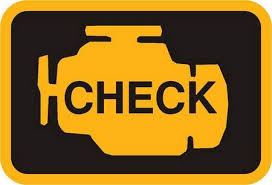¨ Check the tires including tire pressure and tread. Underinflated tires reduce a vehicle’s fuel economy and uneven wear indicates a need for wheel alignment. Tires should also be checked for bulges and bald spots.
¨ Check the hoses and belts as they can become cracked, brittle, frayed, loose or show signs of excessive wear. These are critical to the proper functioning of the electrical system, air conditioning, power steering and the cooling system.
¨ Check filters and fluids including engine oil, power steering and brake, and transmission, as well as windshield washer solvent and antifreeze/coolant.
¨ Check the wipers and lighting so that you can see and be seen. Check that all interior and exterior lighting is working properly and inspect and replace worn wiper blades so you can see clearly when driving during precipitation.
¨ Check the brakes and battery to be sure the battery connection is clean, tight and corrosion-free and that the brakes are functioning properly.
The Car Care Council also recommends that motorists restock their emergency kit, consider a pre-trip tune-up to help the engine deliver the best balance of power and fuel economy, and order a free copy of the Car Care Council’s popular Car Care Guide for the glove box at www.carcare.org/car-care-guide.

